Learning about water in Indian cities
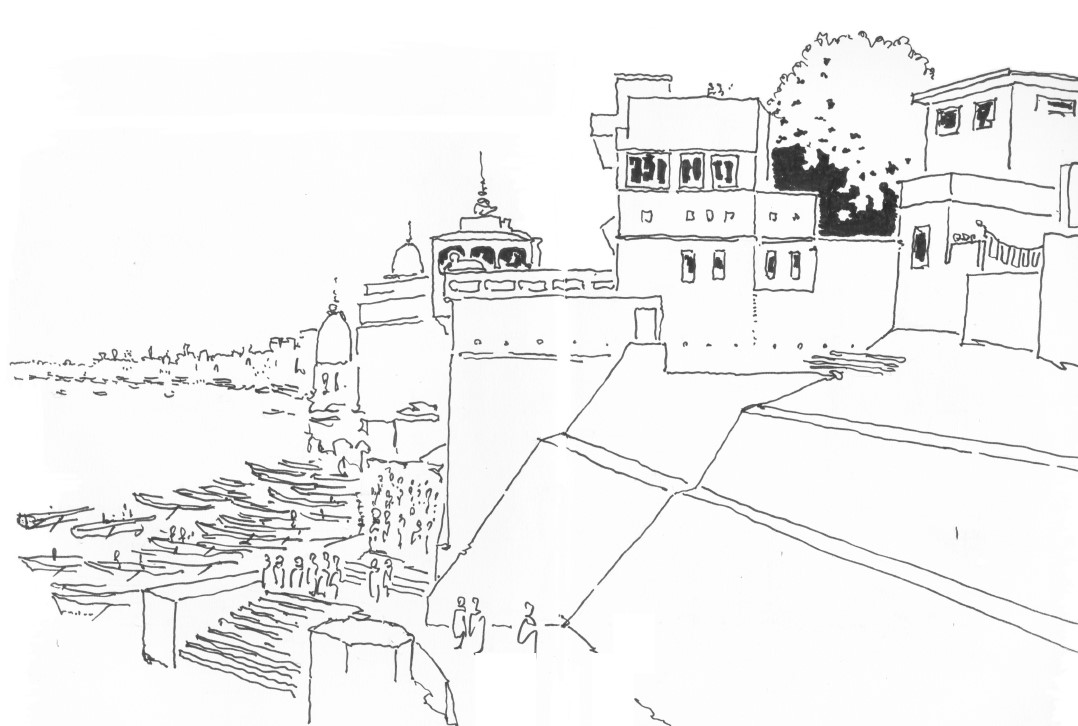
Mir Ghat, Varanasi, February 2018 – © Claudio Secci
As part of its Franco-Indian partnership “Learning from Indian Cities”, ENSA Paris-la Villette is delighted to welcome delegations and experts from two colleges of architecture, the Bharati Vidyapeeth College of Architecture and Interior Design (BVCOA) in Mumbai and the College of Architecture Trivandrum (CAT), from November 4 to 11, 2025.
This visit gives rise to an intensive workshop as part of the Master 1 MTP – P713 project workshop “Learning from the city’s little nothings. Repair as a mode of action”, supervised by ENSAPV teachers. Claudio Secci, Marco Dessardo, Lucas Mongin, Gjergj Miraci and their Indian counterparts. 40 students, half French and half Indian, are taking part in this workshop.
To mark the occasion of this working visit, an evening of conferences open to all will be held, with presentations in English on the theme of “Learning from water in Indian cities”.
From north to south, India offers a wealth of lessons for thinking about water in cities. This evening’s lectures will explore some of them:
- Ritu Deshmukh, BVCOA, Mumbai, Maharashtra : « Varanasi & Kolkata, monsoon and cities of the Ganges River ».
The cities of the Ganges Valley are subject to annual flooding due to the monsoon, which sees water levels rise by 15 to 20 meters in cities such as Varanasi. - Niby Varghese and Jayaraman Pillai Jayakumar, CAT, Trivandrum, Kerala: “The cities of Kerala, between sea and backwaters”.
These cities are located on a sandy strip between salt and fresh water. - Shreya Khandekar and Anuj Vijay, Leewardists, Nashik, Maharashtra: “Cities of Rajasthan: water architecture in semi-desert territory”.
In an arid climate, every drop of water counts. An architecture has been developed to capture and conserve water.
To help us move towards these distant, little-known territories, without becoming exotic, three current issues, which also concern us here, will run through the three presentations:
- Water as a ‘resource’: many of the world’s cities and metropolises are ‘thirsty’ and subject to the risks of ‘not enough water’ (water shortages, and more seriously drinking water shortages) or ‘too much water’ (flooding);
- Water as a ‘common good’: we all have the right to have access to water, but it has become a highly profitable commodity; from a public good, it has become a tradable commodity;
- Water and ‘climate change’: whether it’s unpredictable rainfall, melting ice caps, rising sea levels, floods or droughts, most of the consequences of climate change are water-related (UN-Water).
What can Indian cities teach us about these issues for France and Europe?
Event
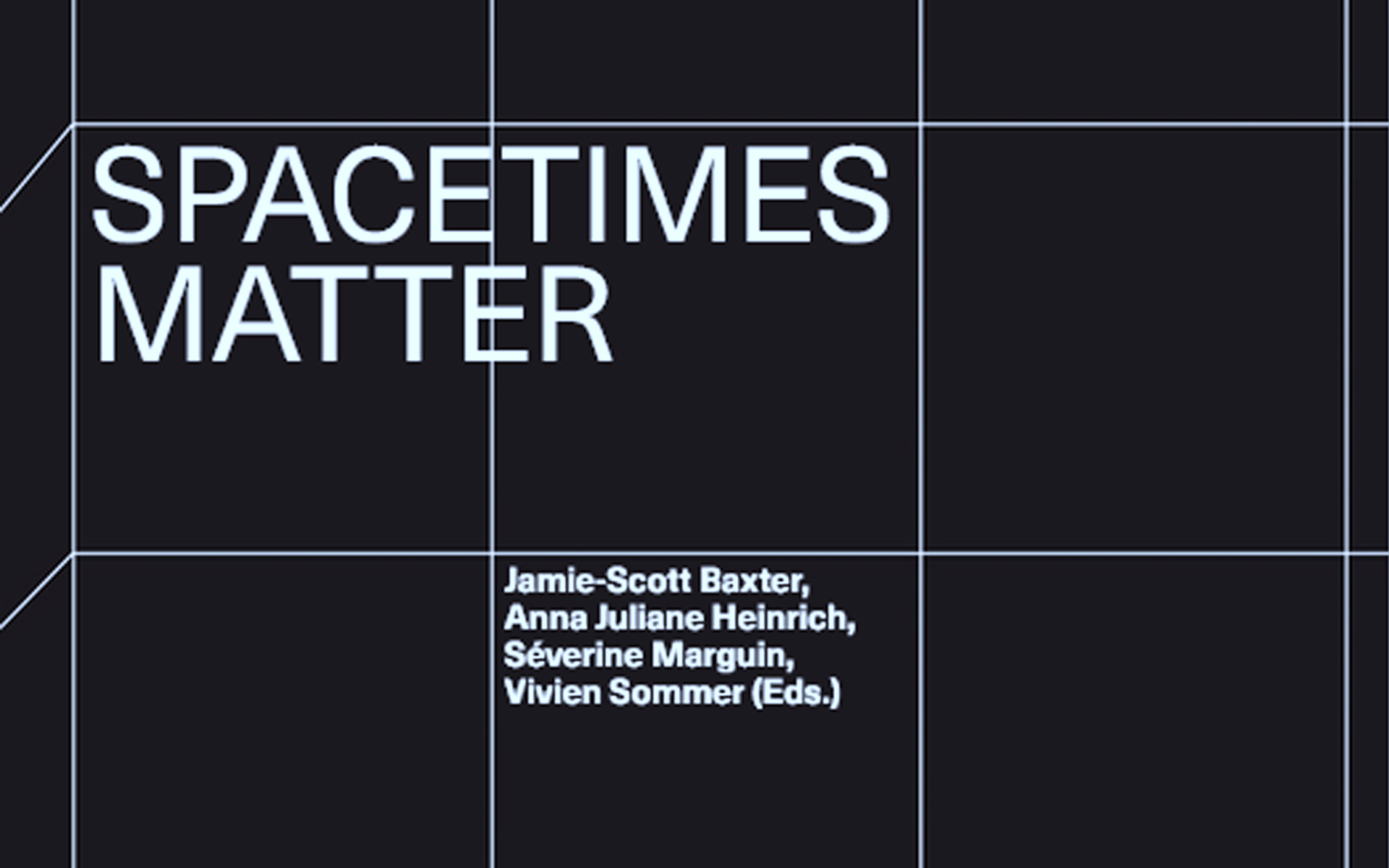 The
TheHybrid mapping methodology: Investigating the spatial refiguration of botanical gardens
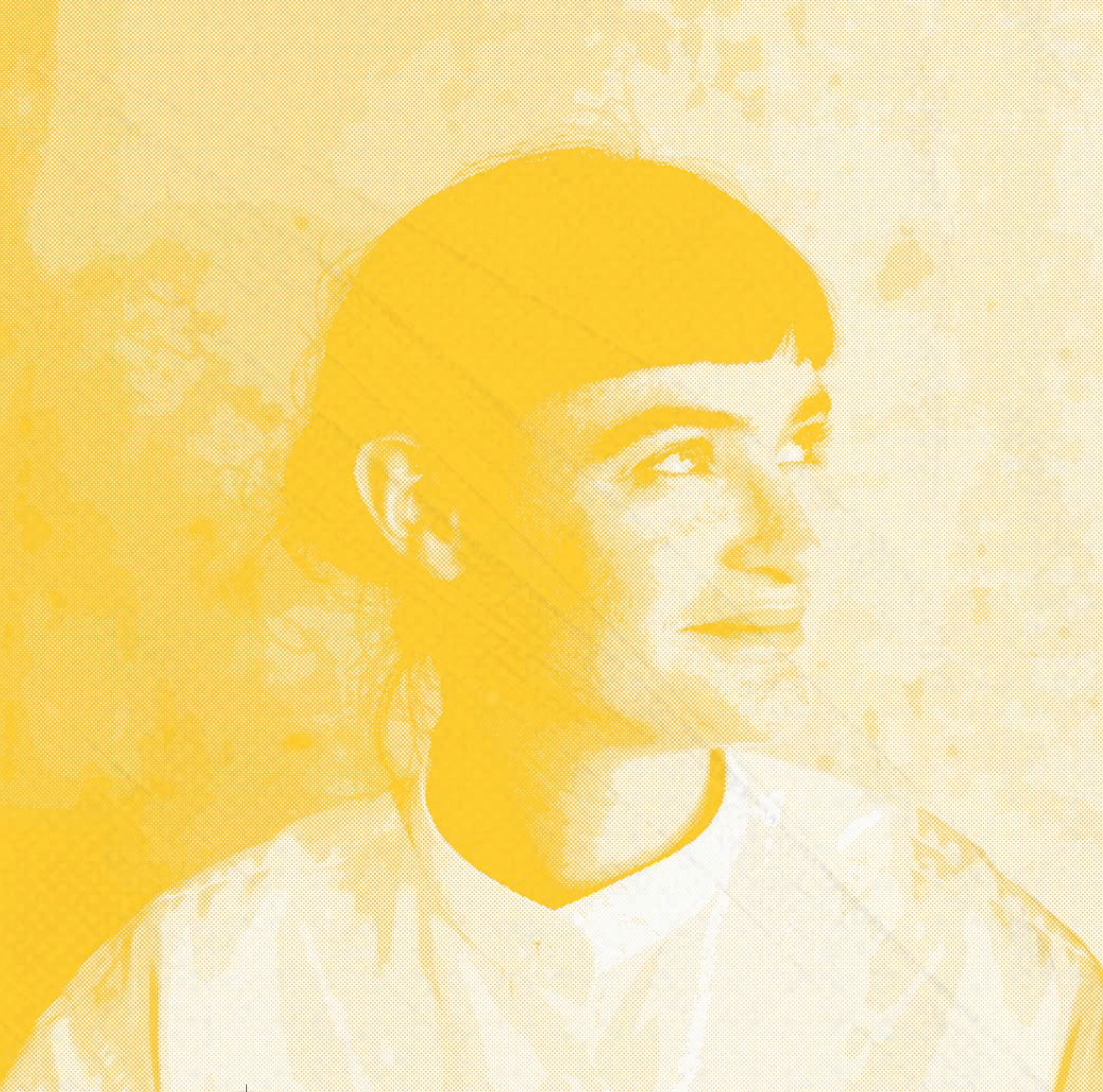 The
TheCharlotte Malterre-Barthes: "Should we stop building?
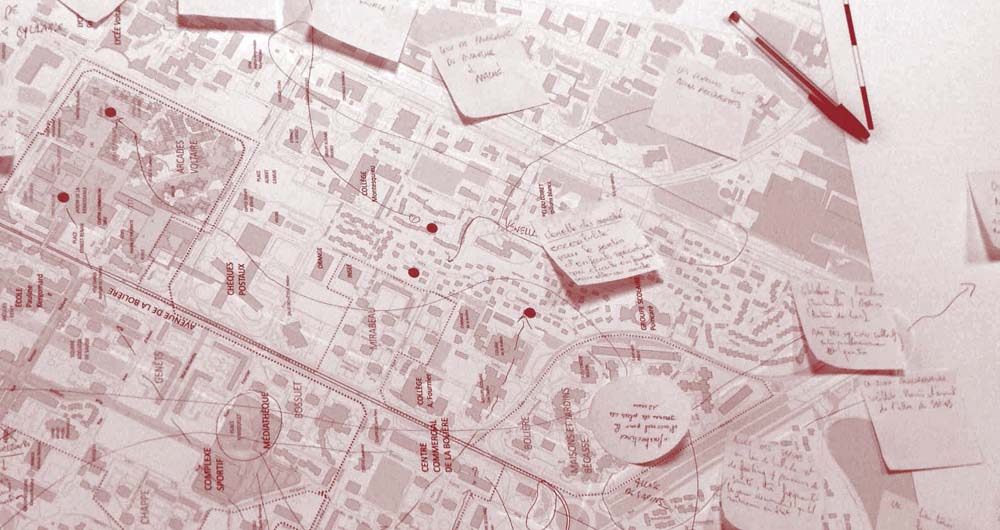 The
ThePresentation of the 2024 Master of Architecture Thesis Prize
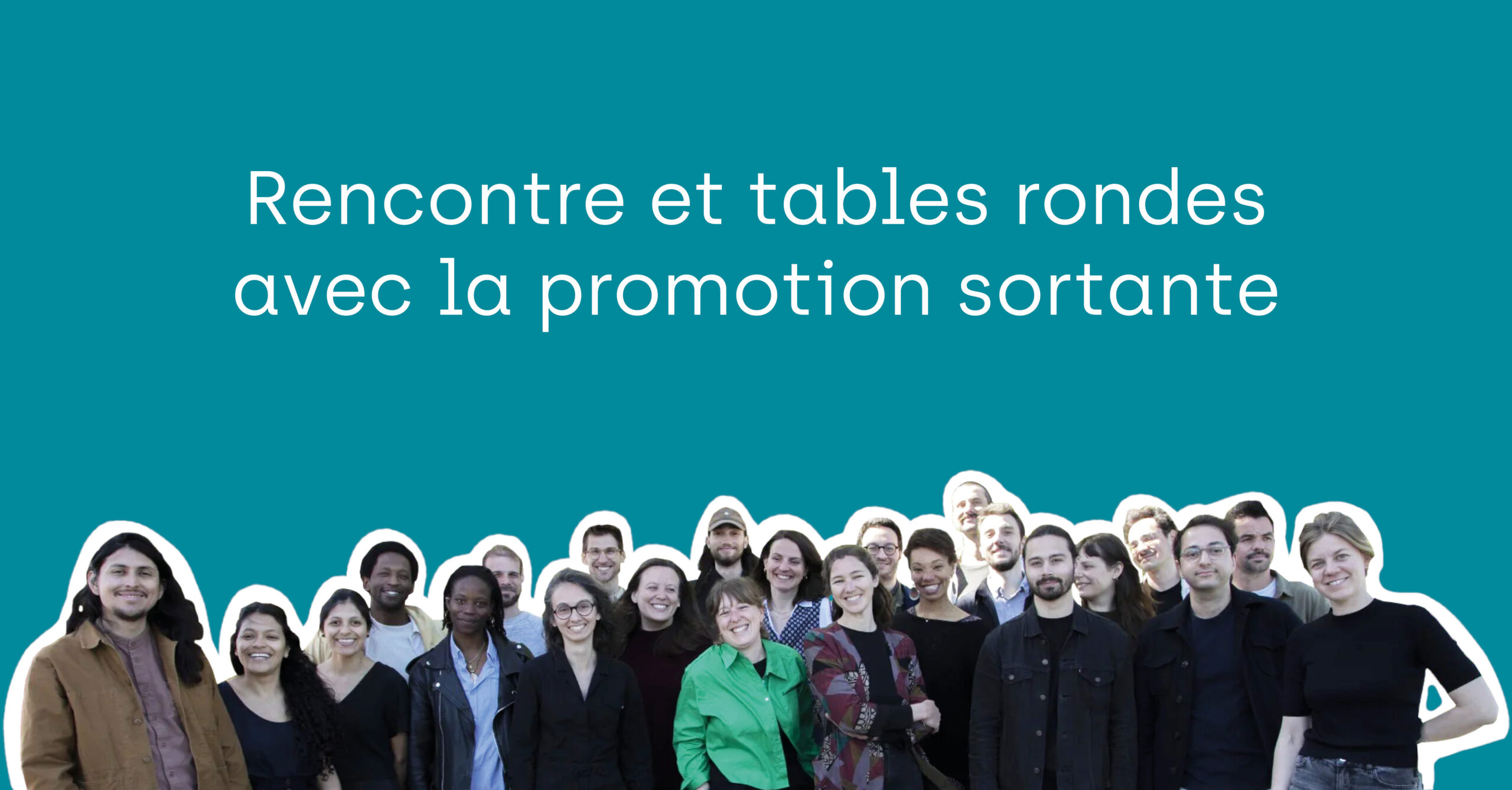 The
TheTest bed(s) 2025: end of incubation year
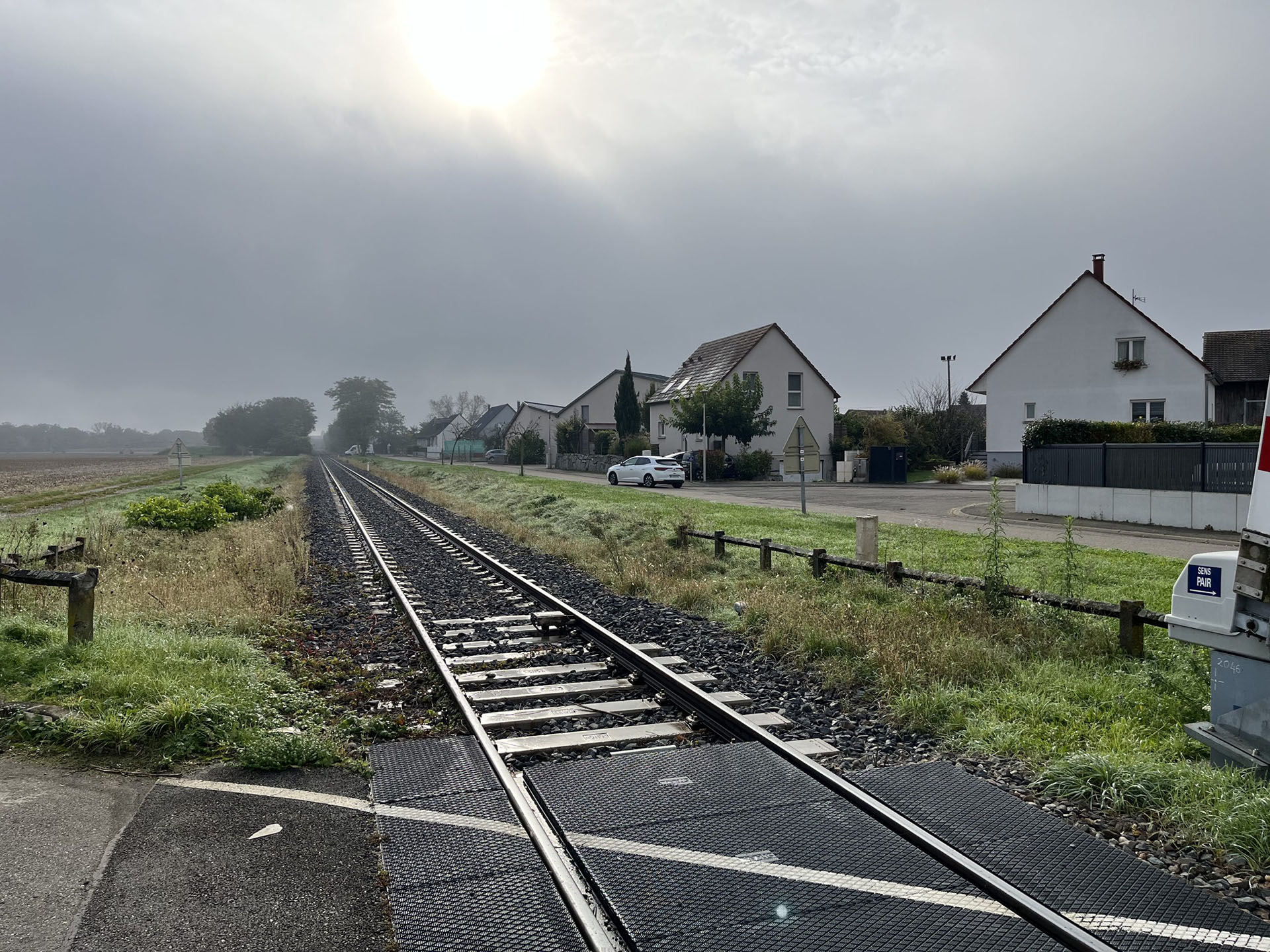 fromto
fromtoThe missing link - a new railroad line between Colmar and Freiburg im Breisgau
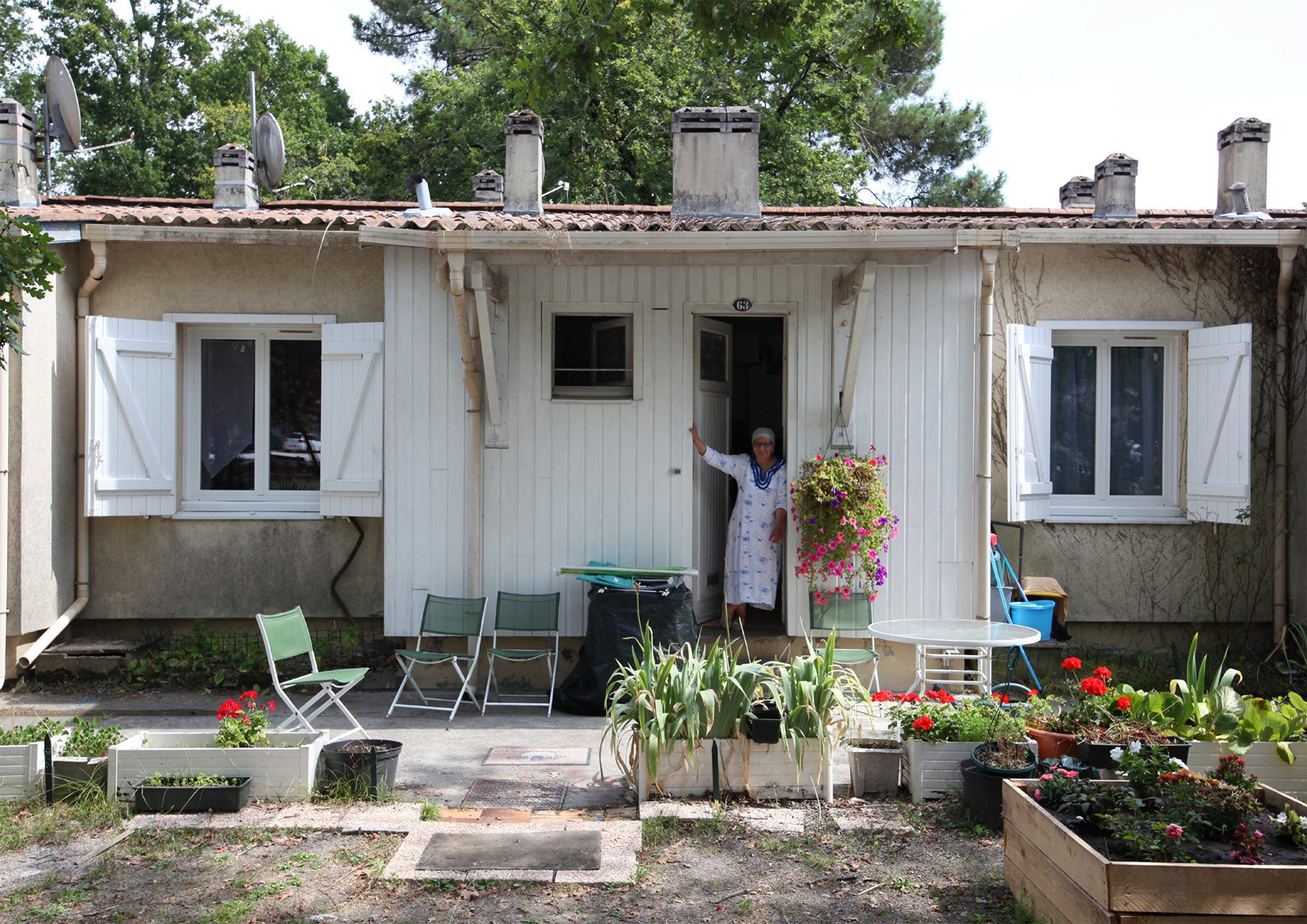 The
TheSavoirs habitants" seminar series #3